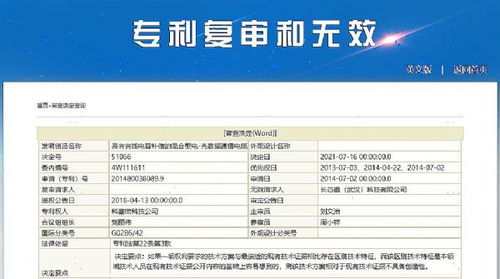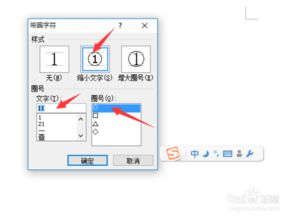Windows12r安装教程英文
Windows 12 Installation Guide: Step-by-Step Tutorial
Installing a new operating system can be a bit intimidating, especially if you're not familiar with the process. Windows 12, the latest version of Microsoft's flagship OS, brings several improvements in performance, security, and user experience. Whether you're upgrading from an older version or doing a fresh install, this guide will walk you through the entire process smoothly.
Before You Begin: System Requirements & Preparations
Before installing Windows 12, make sure your PC meets the minimum requirements:
- Processor: 1 GHz or faster with at least 2 cores
- RAM: 4 GB (8 GB recommended for better performance)
- Storage: 64 GB or more (SSD preferred for faster boot times)
- Graphics: DirectX 12 compatible with wdDM 2.0 driver
- Display: 720p resolution or higher
Backup Important Data
A fresh install will erase everything on your system drive. Use an external hard drive or cloud storage to back up personal files, documents, and settings.
Create a Bootable USB Drive
You’ll need a USB flash drive (at least 8GB) and the Windows 12 ISO file. Download the official Media Creation Tool from Microsoft’s website to create a bootable USB.
Step 1: Boot from the USB Drive
- Insert the USB drive into your PC.
- Restart your computer and enter the bios/UEFI settings (usually by pressing F2, F12, DEL, or ESC during startup).
- In the boot menu, select the USB drive as the primary boot device.
- Save changes and exit—your PC will now boot from the USB.
Step 2: Start the Windows 12 Installation
- Once the setup loads, choose your language, time format, and keyboard layout.
- Click "Install Now" and enter your product key if prompted (you can skip this and activate later).
- Accept the license terms and click Next.
Step 3: Choose Installation Type
- Upgrade: Keeps your files, apps, and settings (only available if you’re running a previous Windows version).
- Custom (Clean Install): Wipes the drive and installs a fresh copy of Windows 12.
For a clean install:
- Select "Custom: Install Windows only (advanced)".
- Choose the partition where you want to install Windows (usually Drive 0).
- If needed, delete old partitions to free up space.
- Click Next to begin the installation.
Step 4: Complete the Setup
After the installation finishes, your PC will restart. Follow the on-screen prompts to:
- Set up your region and keyboard layout.
- Connect to a Wi-Fi network.
- Sign in with your Microsoft account (or create a local account).
- Customize privacy settings (disable unnecessary tracking if preferred).
Step 5: Install Drivers & Updates
Windows 12 will automatically install basic drivers, but for optimal performance:
- Go to Settings > Windows Update and check for the latest patches.
- Visit your PC manufacturer’s website to download additional drivers (graphics, audio, etc.).
Step 6: Install Essential Software
Now that Windows 12 is running, install your favorite apps:
- Web browsers (Chrome, Firefox, Edge)
- Productivity tools (Microsoft Office, LibreOffice)
- Security software (Windows Defender is built-in, but third-party antivirus can be added)
Final Tips for a Smooth Experience
- Enable BitLocker for extra security if your device supports it.
- Optimize startup programs in Task Manager to speed up boot times.
- Use Storage Sense to automatically clean up temporary files.
Conclusion
Installing Windows 12 is straightforward if you follow these steps carefully. A clean install ensures maximum performance, while keeping your data safe requires proper backups. Once set up, Windows 12 offers a faster, more secure, and user-friendly experience.
If you encounter any issues, Microsoft’s support forums and troubleshooting guides can help. Enjoy your new OS!
相关文章
- 新电脑激活Windows后能否退货-完整政策解析与操作指南
- 灵越7590安装Windows蓝屏问题-原因分析与解决方案
- Windows系统Jenkins安装,持续集成环境搭建-完整指南
- Netgear R7000恢复出厂设置后如何安装Windows系统-完整操作指南
- Windows管理员用户名修改指南:本地与在线账户完整教程
- Windows10教育版激活方法详解-五种合规解决方案全指南
- Windows更改CUDA安装路径:完整配置指南与避坑技巧
- Windows 10 Pro是什么意思-专业版操作系统深度解析
- Windows 10 LTSC安装商店无权限-完整解决方案指南
- 神舟战神新机Windows激活指南-从密钥验证到故障排除










